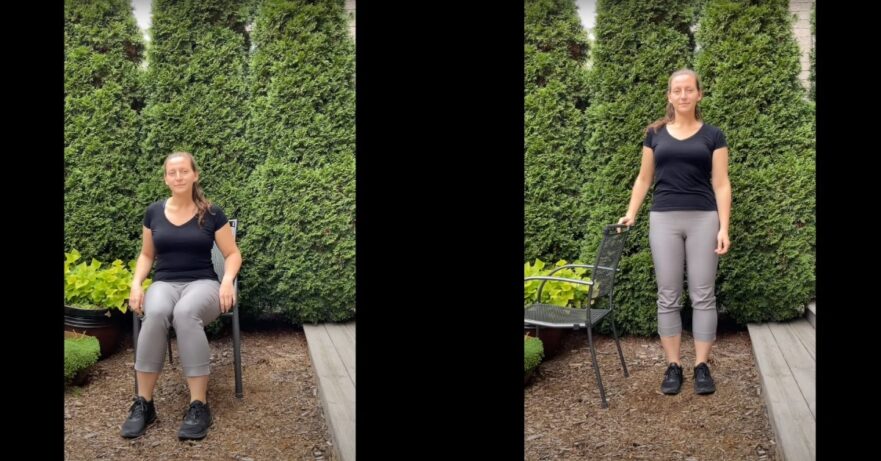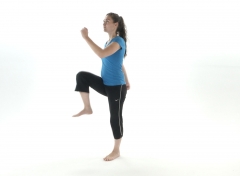Note: If you have not been physically active or have any questions, check with your primary healthcare provider before starting a new activity program. If you feel dizzy or unwell while exercising, stop and rest before continuing. If the situation does not improve, consult a healthcare professional before continuing.
An aerobic activity routine can have several benefits to your health and wellbeing. If you’re older, an aerobic activity routine can also help prevent falls. Falls are the most common injury in older Canadians and one of the leading causes of hospitalizations related to injuries in seniors. 85% of senior injury related complications are due to falls. Fear of falling can lead to decreased physical activity that can increase the risk of falls. The good news is you can increase your physical activity with aerobic activity.
What is aerobic activity?
Aerobic activity is any activity that gets your heart pumping and you breathing heavier. Some common examples include brisk walking, cycling, swimming and running or jogging. However, anything you do that gets your heart rate and breathing rate up is considered aerobic activity. Everyday examples are dancing, either alone or with a partner, gardening – raking leaves, shoveling snow, cross-country skiing, household chores, and vacuuming.
Keeping your body strong by using your muscles, (so you don’t lose them) while working on coordination and endurance with aerobic activity can help you prevent falls. The best part is you don’t need equipment and you can do aerobic activity indoors within your home if the weather conditions are not the best.
Why should we do aerobic activities?
Aerobic activity has many benefits. Here are some of them:
Physical benefits:
- Increased lung, heart health and endurance in sedentary seniors
- Decreased long-term inflammation in the body that is associated with chronic disease progression such as diabetes, arthritis and heart disease
- Decreased blood pressure
- Improved sleep
Mental wellness benefits:
- Improved mood and mental health (decreased depression-like symptoms)
Thinking process benefits:
- Improved working memory
- Improved problem solving
You want to do aerobic activity, now what?
When doing these activities, it is important to have a warm-up to get your muscles ready for work to prevent injuries and a cool down to support recovery of your heart and lungs. A warm-up can be as simple as a 2-5-minute walk or march (see the example in the video or image below) A cool-down should include deep breathing to promote relaxation and stretches of major muscle groups (see the stretch examples in the video or image below). When engaging in aerobic activities it is important to consider safety.
The video gives you two options for performing activities; sitting and standing. Feel free to alternate between them as needed and as you are comfortable. Make sure to have a clutter-free space to do your exercises and you should use the back of a chair or a steady counter or wall to help with balance as you exercise.
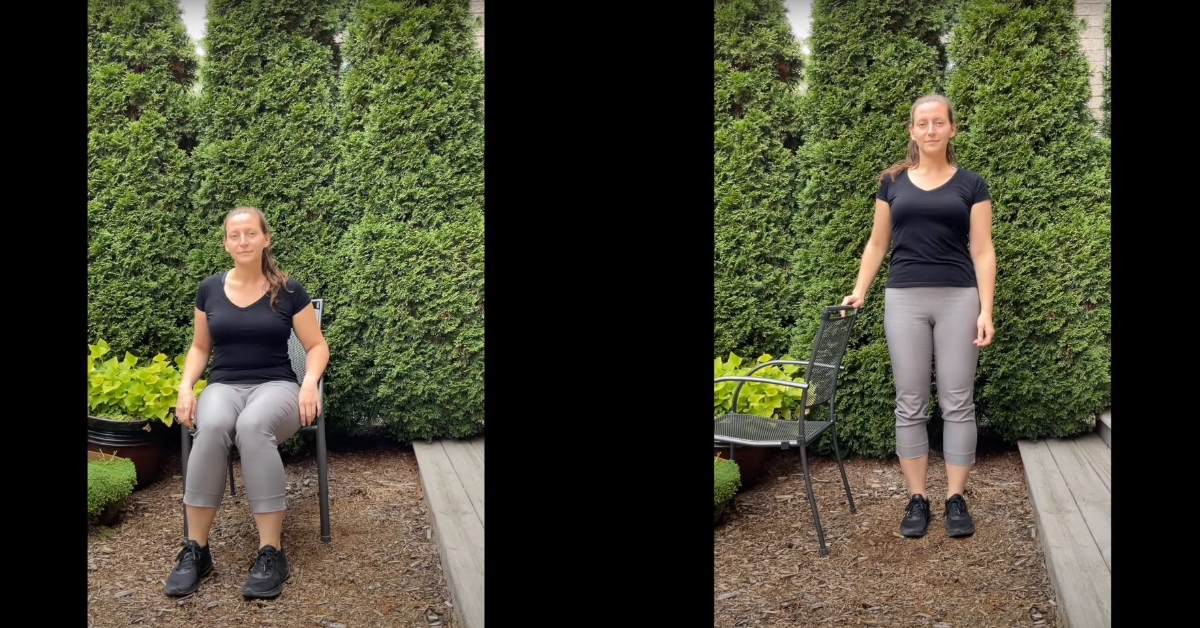
Example warm-up
Total time: 2 minutes
- Slowly march on the spot for 30 seconds
- March slowly while lifting your arms up one at a time for 30 seconds
- March while lifting your arms out to the side one at a time for 30 seconds
- Alternate fast and slow marching in 5 second intervals for 30 seconds
Example cool down
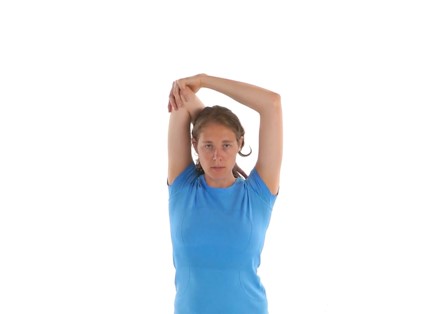
Total time: 2 minutes
- Stretches (hold each for 15-30 seconds), take deep breaths to help with relaxation
- Arm across chest stretch for 15s on each arm
- Triceps stretch for 15 seconds on each arm
- Quad stretch for 15 seconds on each leg
- Sitting hamstring stretch for 15 seconds on each leg
Exercise guidelines
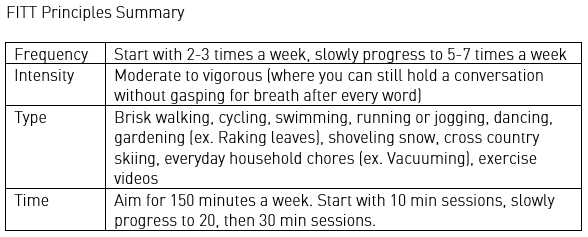
When starting an aerobic activity program, consider the FITT principle; Frequency, Intensity, Type and Time. In terms of frequency, you should start slow and do aerobic activity 2-3 times a week, working your way up to 5-7 times a week. When exercising, you want to work at an intensity where you can talk (carry on a bit of a conversation). If you can sing you can work a little harder and if you are gasping for breath you should tone down your effort a bit.
You can also measure how hard you think you are working with the modified borg scale. Types of aerobic activities can be anything that get your heart pumping and your breathing rate up – be creative! The time spent doing aerobic activity will vary. Canadian guidelines for physical activity recommend that adults aim for 150 minutes of total of moderate to vigorous physical activity a week. You can start slowly with a 10 minute session and gradually build up to 25 or 20 or 30 minute sessions. Remember slow progress is still progress. In this case, slow consistent progress is what you want to aim for.
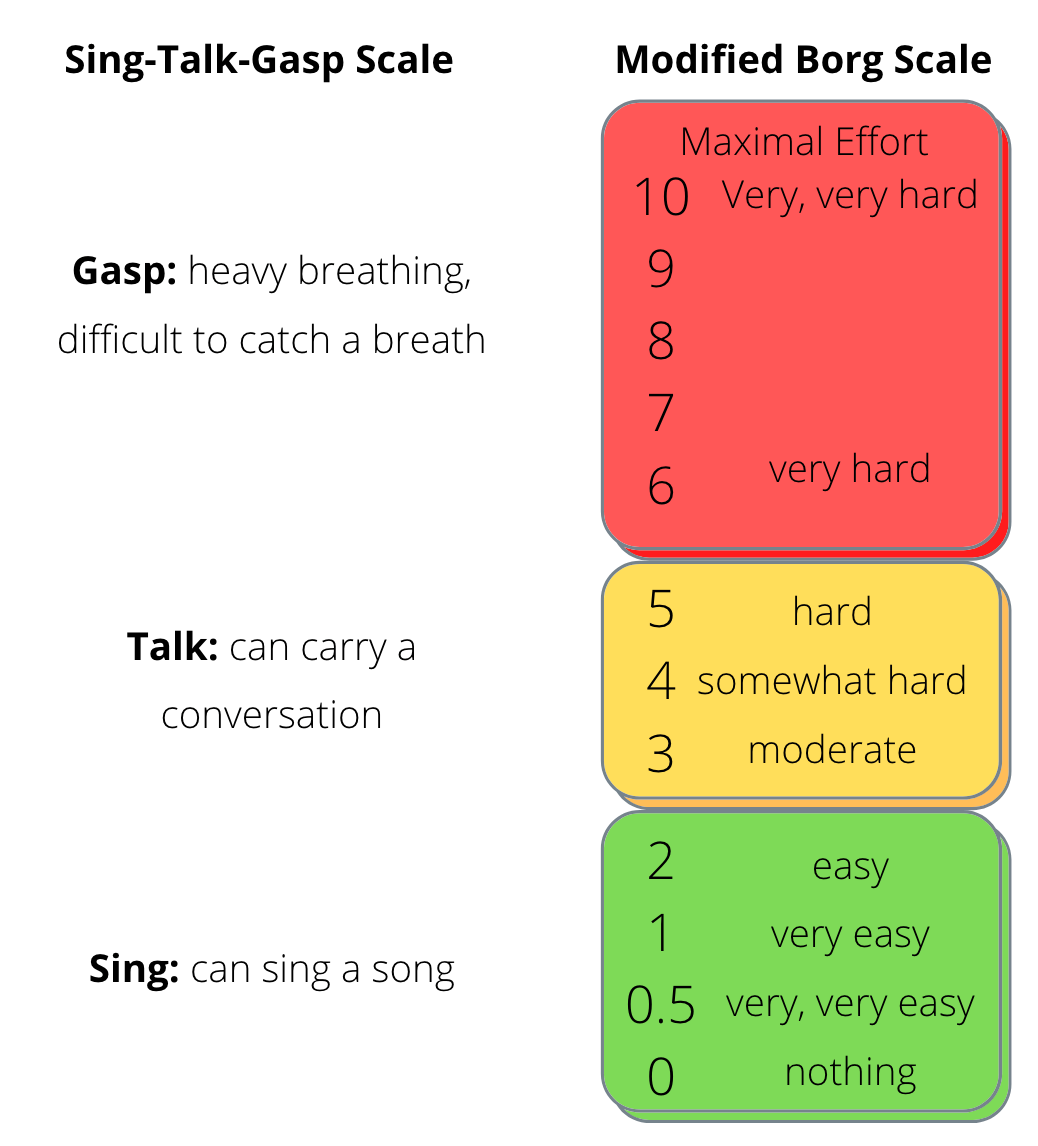
If you have any specific concerns or questions physiotherapists and kinesiologists can help. As experts in movement, they are knowledgeable about exercising and can help with any modifications or concerns about exercising with injuries.
To schedule an appointment, contact a pt Health clinic near you or book an appointment online.
This blog originally appeared on Lifemark.ca and was written by Ann Szczepanski, a Physiotherapy student from the University of Toronto.
